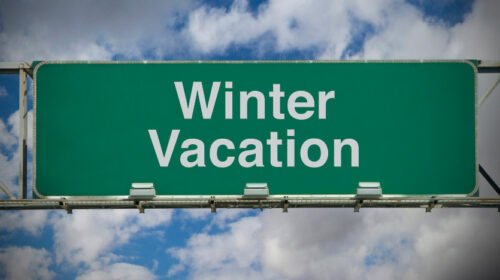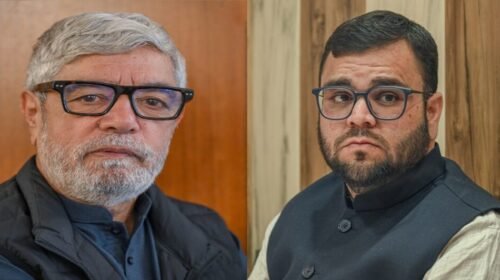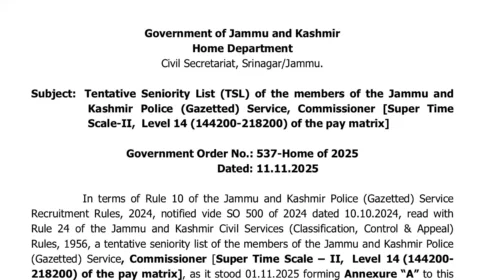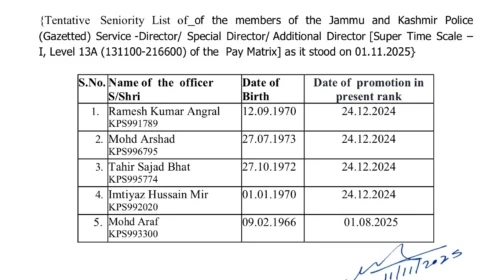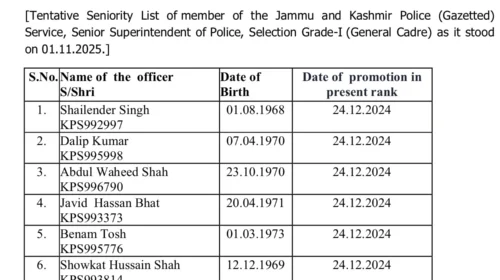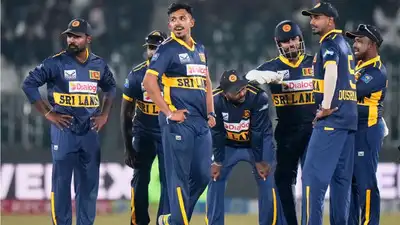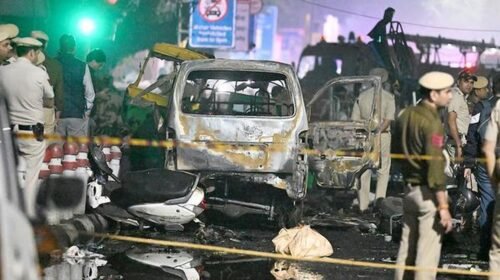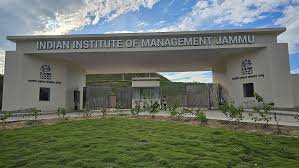Russia and Ukraine are embroiled in a territorial tussle with Vladimir Putin escalating military presence on the border, with analysts predicting a full scale invasion by the erstwhile Soviet Union.
Chinese President Xi Jinping has backed Russian counterpart Vladimir Putin in his standoff with the West over Ukraine as the two leaders met before the opening ceremony of the Winter Olympics in Beijing.
Meanwhile, the leaders of European Union powerhouses France and Germany announced plans to head to Moscow and Kyiv soon for talks aimed at easing tensions.
Is this a passing dispute or will it lead to an invasion and subsequent war as Russia has amassed more than 100,000 troops near the Ukrainian border, US officials say, including moving troops to neighbouring Belarus for military exercises.
Here we explain the Russia-Ukraine Crisis.
| Install Our App | DOWNLOAD |
| Join Telegram Channel | JOIN NOW |
| Join Facebook Group | JOIN NOW |
| Subscribe YouTube Channel | SUBSCRIBE |
| Follow On Twitter | FOLLOW |
| Follow On Instagram | FOLLOW |
Beginnings

At the end of 2013, Ukraine’s Moscow-friendly leader Viktor Yanukovych cancelled plans to sign an agreement that would bring the country closer to the EU after Putin proposed a customs union with Russia, Belarus and Kazakhstan instead.
After Ukraine’s 2014 Revolution of Dignity, which saw months-long protests ultimately topple pro-Moscow Ukrainian president Viktor.
Shortly after, Russia annexed Crimea in a move that was denounced as illegal by a UN General Assembly resolution. The largely Russian-speaking peninsula had been transferred to Ukraine in 1954 by Soviet leader Nikita Khrushchev.
Conflict later broke out between the Ukrainian government and Russian-backed separatists who declared two regions in eastern Ukraine, Donetsk and Luhansk, known as the Donbas, self-proclaimed republics.
While Russia and Ukraine signed agreements in Minsk in 2014 and 2015 aimed at bringing forth a ceasefire, the conflict has now killed more than 14,000 people.
Since that agreement, there have been repeated violations of the ceasefire agreement with the conflict transforming into a trench war.
There was hope of progress in 2019 as Russia and Ukraine swapped prisoners and Ukrainian President Volodymyr Zelenskyy told Euronews in 2020 that he thought there was a “high chance of ending the war” but clashes have continued.
Economic Factor.
Apart from ideological and political reasons, Putin had desperately sought Ukraine’s membership in a Moscow-dominated free-trade bloc which launched in 2000.
The Eurasian Economic Community (EAEC) united several ex-Soviet republics and was widely seen as a first step to reincarnate the USSR.
With a population of 43 million and a powerful agricultural and industrial output, Ukraine was supposed to be the most essential part of the EAEC after Russia, but Kyiv refused to join.
What is Happening Now?

In the spring of 2021, Russia began building up tens of thousands of troops near Ukraine in response to what it described as threats from NATO, a move that was widely condemned internationally. It later said that it withdrew those troops.
Yet officials have said that since at least November, Russia has been moving troops to the border.
“Today we consider the current build-up as the second stage of the first build-up,” said Oleg Ignatov, the International Crisis Group’s senior analyst for Russia.
“There was some kind of logic in the previous build-up and, for example, that we can understand them as some kind of preparation for the current military activity.”
Can Ukraine Defend Itself Against Russia?

In 2014, the Ukrainian military was under-equipped and demoralised, while the rebels had Russian “consultants” and weaponry.
However, these days, Ukrainians are much stronger militarily and morally, and thousands of volunteers who helped repel the separatists are ready to do it again.
Ukraine bought or received advanced weaponry from the West and Turkey, including Javelin missiles that proved lethal to separatist tanks, and Bayraktar drones that played a crucial role in last year’s war between Azerbaijan and Armenia.
Former US President Donald Trump’s first impeachment was triggered by his suspension of military aid and arms exports to Kyiv. His successor Joe Biden may send lethal weapons and advisors in the coming weeks.
Meanwhile, Ukraine has boosted domestic development and the production of arms – some of which are just as effective as Western weaponry.
Putin’s Plan.

Many experts cite Putin’s article on Ukraine’s historical ties to Russia as his most direct public statement on how he views Ukraine as part of “essentially the same historical and spiritual space”, a view echoed by many Russian officials.
Analysts can only speculate as to whether Putin is using the troops to bring the West to the negotiating table or whether Russia is planning some form of military action — whether a small-scale invasion in eastern Ukraine or a full-scale invasion of the country.
Sergey Radchenko, a professor at the Johns Hopkins School of Advanced International Studies, said he used to think it would be irrational of Putin to invade Ukraine but that after spending several days in Moscow, he was starting to think it’s possible.
“There is growing almost resignation here in Moscow as well, that a military option may be in the making,” Radchenko said.
Former US intelligence officer on Russia Fiona Hill wrote in an essay in the NY Times this month that Putin was furious following a 2008 NATO summit that welcomed Ukraine and Georgia’s aspirations for membership in the alliance.
Hill says she had warned then-US President George W. Bush that Putin would view bringing Ukraine and Georgia closer to NATO as “a provocative move”.
World on Alert.

Diplomatic moves to ease the crisis are set to continue next week when French President Emmanuel Macron heads to Moscow and Kyiv for talks.
Macron is following a French tradition of striking a separate path from the United States in geopolitics, as well as trying to make his own mark on this crisis and defend Europe’s interests. Macron spoke by phone to US President Joe Biden on Wednesday to update Washington on his diplomatic push.
And on Thursday night the French leader discussed with Putin and Ukrainian President Volodymyr Zelenskyy ways to “identify elements that could lead to de-escalation,” and “conditions for strategic balance in Europe, which should allow for the reduction of risks on the ground and guarantee security on the continent.”
While France is a major player in NATO and is moving troops to Romania as part of the alliance’s preparation for possible Russian action, Macron has also been actively pushing for dialogue with Putin and has spoken to him several times in recent weeks.
German Chancellor Olaf Scholz will visit Ukraine and Russia in mid-February, adding to diplomatic efforts to resolve the crisis centering on Russian troops massed near Ukraine’s borders. Government spokesman Wolfgang Buechner said Friday that Scholz will travel to Kyiv on February 14 and Moscow on February 15.
The trip will follow a previously planned meeting in Washington on Monday with Biden. Buechner said the German government is consulting with France and Poland on a meeting between the leaders of the three countries, but a date hasn’t yet been set. He said that, on Thursday, Scholz will welcome the leaders of the three Baltic states of Lithuania, Latvia and Estonia to the chancellery.
Foreign Ministry spokeswoman Andrea Sasse said that Foreign Minister Annalena Baerbock will visit Ukraine on Monday and Tuesday, a trip that will include a visit to the “contact line” with rebel-held areas in eastern Ukraine.



